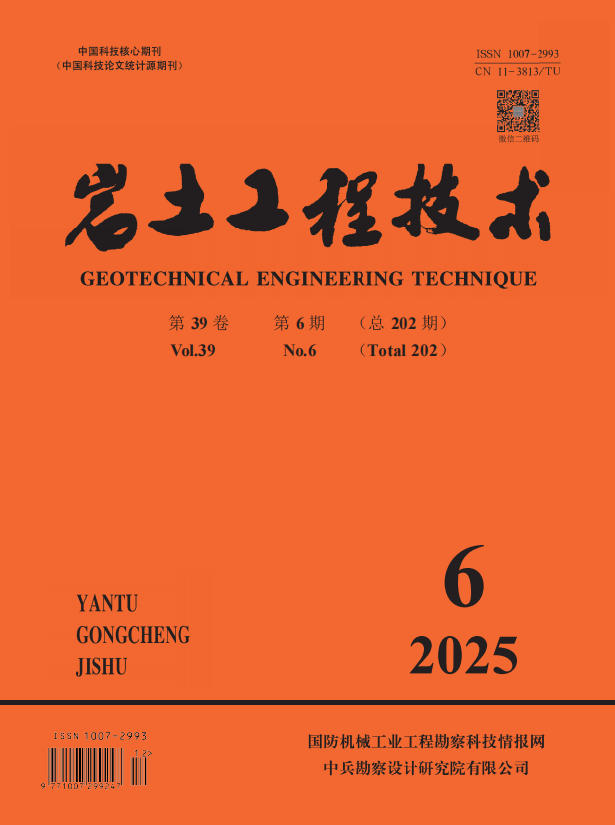2003 Vol. 17, No. 4
Display Method:
2003, 17(4): 187-192.
Abstract:
2003, 17(4): 193-196.
Abstract:
2003, 17(4): 197-200.
Abstract:
2003, 17(4): 201-204.
Abstract:
2003, 17(4): 205-208.
Abstract:
2003, 17(4): 209-212.
Abstract:
2003, 17(4): 213-219.
Abstract:
2003, 17(4): 220-223.
Abstract:
2003, 17(4): 224-225,232.
Abstract:
2003, 17(4): 226-229.
Abstract:
2003, 17(4): 230-232.
Abstract:
2003, 17(4): 233-236.
Abstract:
2003, 17(4): 237-239,243.
Abstract:
2003, 17(4): 240-243.
Abstract:
2003, 17(4): 244-248.
Abstract:



